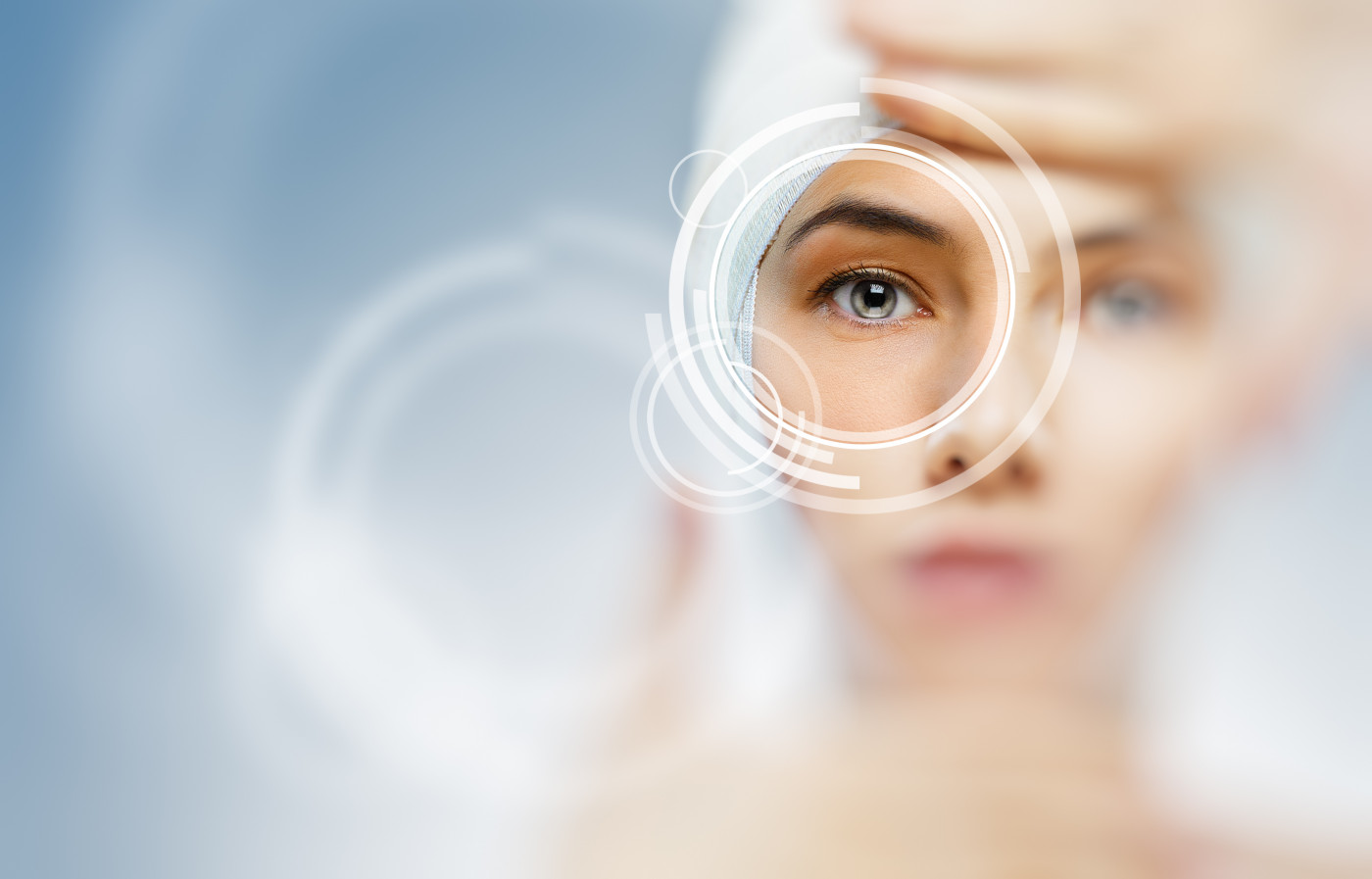Tool to Potentially Diagnose MS via Eye Movements Gets $2.5M Funding Boost

C. Light Technologies announced it raised $2.5 million in seed funding to further develop a noninvasive eye tracking device that might diagnose multiple sclerosis (MS) and other neurological diseases through measures made in a matter of seconds.
Currently a prototype, the device captures neurodegeneration by mapping what is called fixational eye motion, or involuntary eye movements that occur while holding the eye stable. Part of the money raised will go to advance the prototype into a market-ready product.
“C. Light is the first company in over a hundred we’ve looked at that actually makes sense in the current landscape of neurological disease, and can revolutionize both diagnosis and early intervention — starting with multiple sclerosis, but ultimately across most neurological diseases,” James Wang, lead investor with Creative Ventures, which led the funding round, said in a press release.
Neurodegenerative diseases such as MS are characterized by the progressive degeneration of neurons, resulting in their loss. The neural pathways and brain regions involved in vision are affected by these processes.
In healthy people, involuntary small movements occur in the eye to ensure that vision does not fade when gaze is fixed. In MS patients, however, these movements are altered but may not be detected through MRI scans.
Research has suggested that these abnormal eye movements may be biomarkers of neurodegeneration, and can be used to help diagnose and monitor people with these diseases.
Particularly in MS, increasing evidence indicates that abnormal eye movements are associated with greater disability, suggesting these movements might help in predicting the disease’s likely course in a person and treatment response.
“Innovative and objective biomarkers to better understand neurological disease progression and therapeutic efficacy are desperately needed,” said Christy K. Sheehy, PhD, CEO and co-founder of C. Light Technologies.
The company’s patented eye tracking technology uses its tool and machine learning algorithms to assess neurodegeneration through measures of fixational eye movement taken over 10 seconds.
The device has a sensitivity to detect movements as small as one micron — a human hair, in comparison, is 70 micros in width. It uses high-resolution videos of a person’s retina to capture the eye motion, ultimately creating what C. Light calls a “digital fingerprint” of neurodegeneration.
The retina is the light-sensitive, thin layer of tissue at the back of the eye, near the optic nerve.
“The back of the eye is the front of the brain,” the company states on its webpage for this technology.
Together with robust analytics, C. Light expects that its technology will change the field of neurodegenerative diseases, helping to diagnose and manage MS and other neurodegenerative disorders, including Alzheimer’s and Parkinson’s.
“We take pride in being on the forefront of innovation and look forward to reshaping the neurodegenerative landscape using our non-invasive, cost effective solutions,” Sheehy said.
Support given to C. Light’s work on this tool includes a $475,000 grant from the National Institutes of Health.






